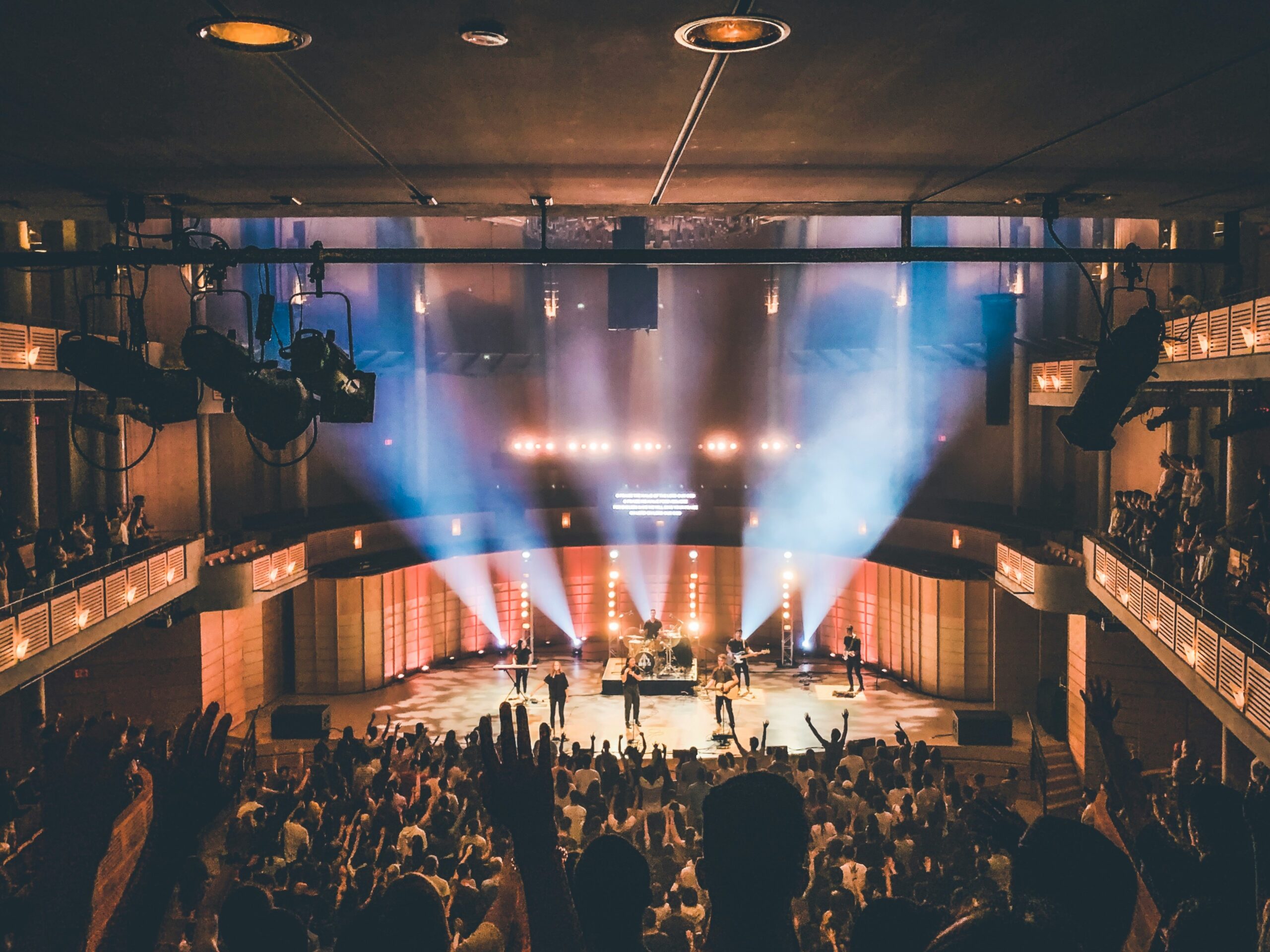
As technology advances, every sector is experiencing profound changes, and the performing arts are no exception. The digital age is reshaping how performances are created, shared, and experienced by audiences worldwide, from theaters to dance studios, from opera houses to small indie troupes. This evolution is not merely about streaming performances online but involves a deeper integration of technology and new media into performing arts.
The Rise of Digital Platforms
Streaming and Virtual Access
The shift towards digital platforms has been the most noticeable change in the performing arts in recent years. Streaming services have become a central aspect of how performances reach audiences. This shift became particularly pronounced during global events like the COVID-19 pandemic as live venues closed and performances moved online. Platforms like YouTube and Vimeo and dedicated services like Digital Theatre have allowed performances from Broadway shows to local theater productions to be accessed from living rooms worldwide.
Enhancing Global Reach
This digital transition has democratized access to the performing arts, allowing productions to reach a global audience beyond the geographical limitations of traditional venues. Companies are now offering season passes for streaming their shows, and some are integrating live streams as a regular part of their performance schedules, ensuring that even those who cannot physically attend can experience the art.
Technological Integration in Performance
Augmented and Virtual Reality
Emerging technologies such as augmented reality (AR) and virtual reality (VR) are beginning to play significant roles in the performing arts. These technologies offer immersive experiences that traditional performances cannot. For instance, VR can transport viewers to a completely different setting, enhancing the narrative and emotional impact of the performance. AR, on the other hand, can add layers of digital information and visuals to live performances, creating a hybrid experience that blurs the line between the physical and digital worlds.
Interactive and Generative Art
Technology has also led to the rise of interactive performances where the audience participates in the narrative or outcome of the event. Through mobile apps or other digital interfaces, audience members can make decisions that influence the direction of the performance in real-time. Additionally, generative art, which uses software algorithms to create art or music that can evolve during a performance, is becoming more prominent, offering dynamic and ever-changing performances that are never the same twice.
Educational and Developmental Impacts
Digital Learning and Collaboration
The digital age has transformed how performing artists train and collaborate. Online workshops, master classes, and tutorials have made high-quality education more accessible. Digital communication tools like Zoom and Slack enable artists to collaborate remotely, breaking down previous barriers to creative development. Virtual reality platforms are also used for training, allowing performers to practice their craft in various simulated environments.
Archiving and Analytics
Digital technologies offer robust tools for archiving performances and analyzing audience data. Digital archives make preserving and studying performances easier, providing valuable resources for educators, students, and historians. Moreover, analytics can help artists and producers understand audience preferences and behavior, leading to more targeted and compelling productions.
Challenges and Considerations
Preserving the Live Experience
While digital innovations offer many advantages, they also present challenges, particularly in preserving the essence of live performances. The performing arts are inherently about connection—between performers and their audience—and some worry that digital formats might dilute live theater’s communal and empathetic aspects. Therefore, balancing utilizing digital tools and maintaining the live experience is crucial.
Economic Impacts
The shift to digital also raises economic concerns. Monetizing digital performances can be challenging, and the proliferation of free content online can undermine traditional revenue models. Performing arts organizations must develop sustainable financial strategies that incorporate digital technology. And live performances to support artists and ensure the industry’s continuation.
The Future of Performing Arts
The evolution of performing arts in the digital age represents a significant shift in how art is produced, consumed, and understood. While it poses challenges, integrating technology also offers extraordinary opportunities to expand the reach and scope of performing arts. As the sector adapts, the future will likely see a new performing arts ecosystem that blends tradition with innovation and live performance with digital expansion. By embracing these changes, the performing arts can survive and thrive in the digital age, continuing to inspire, entertain, and move audiences worldwide.